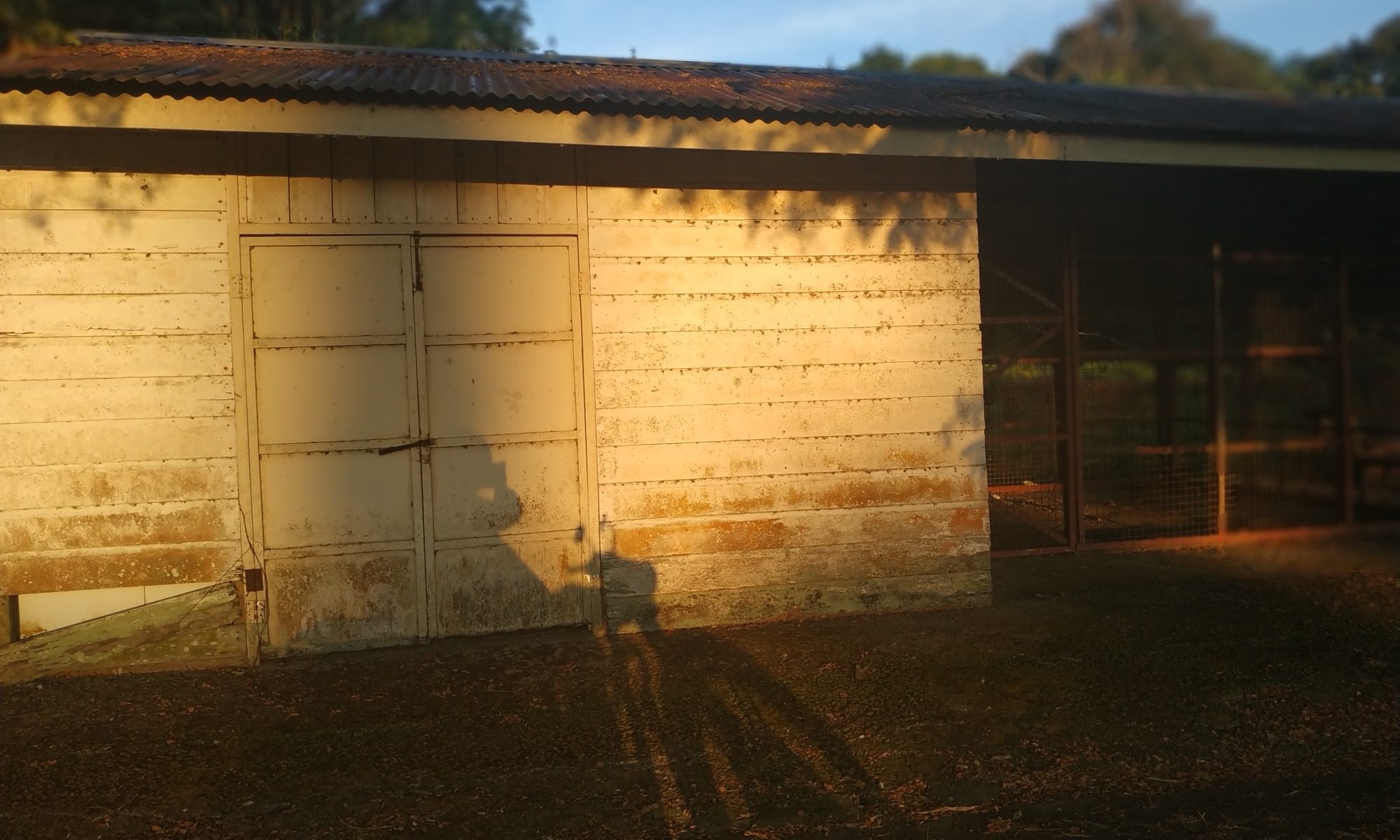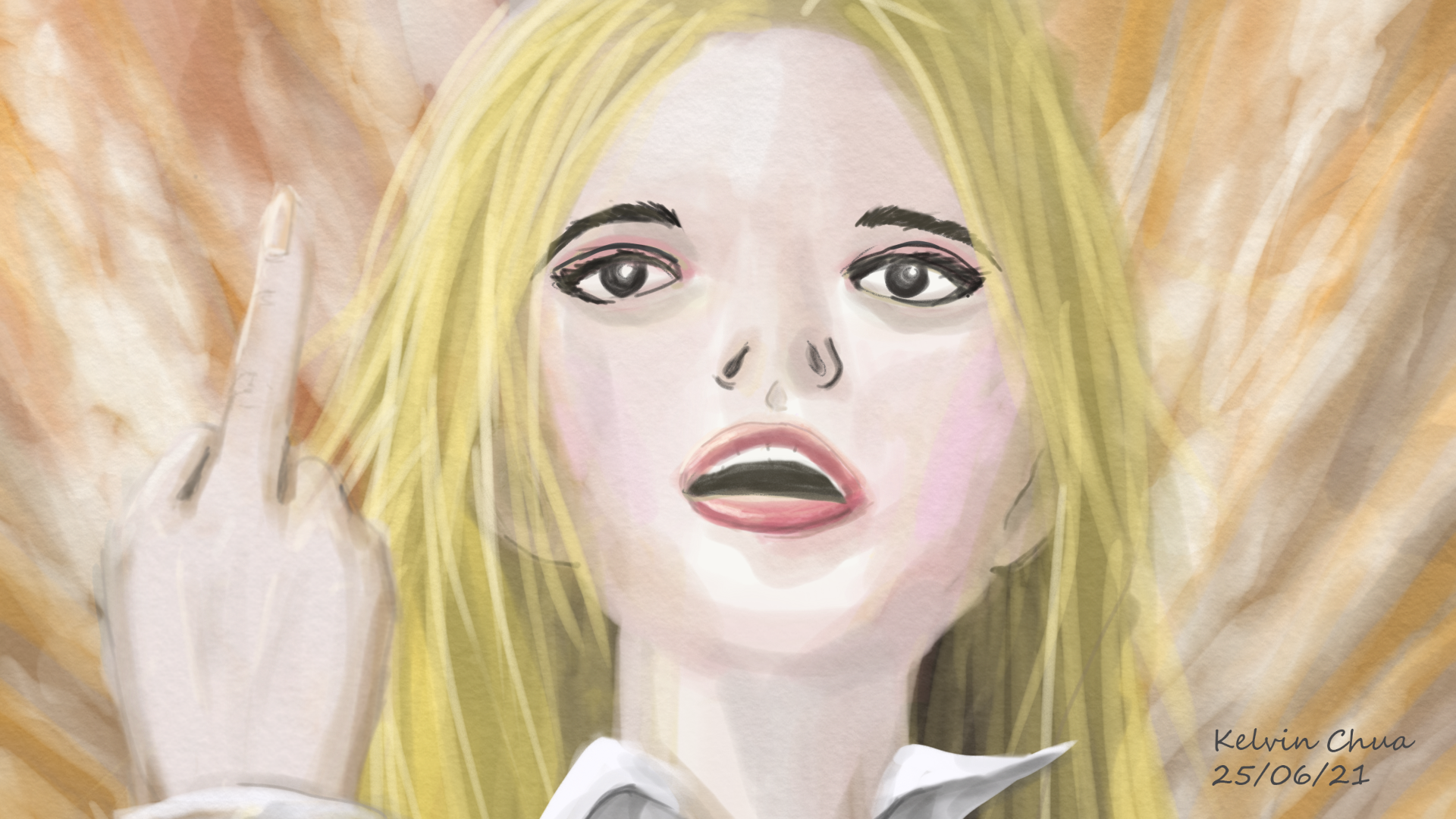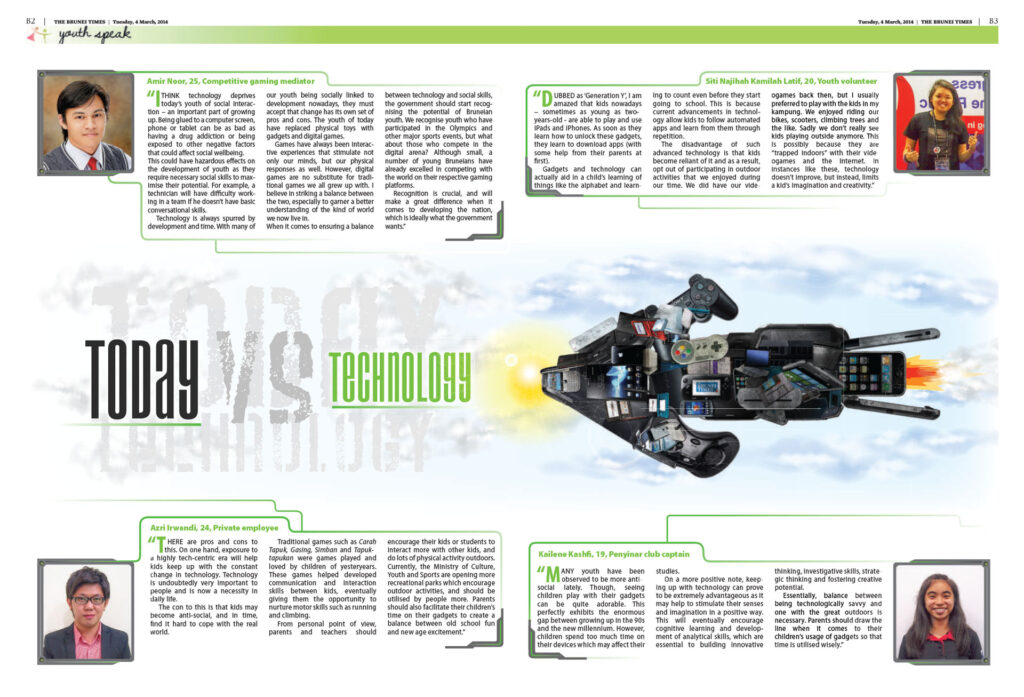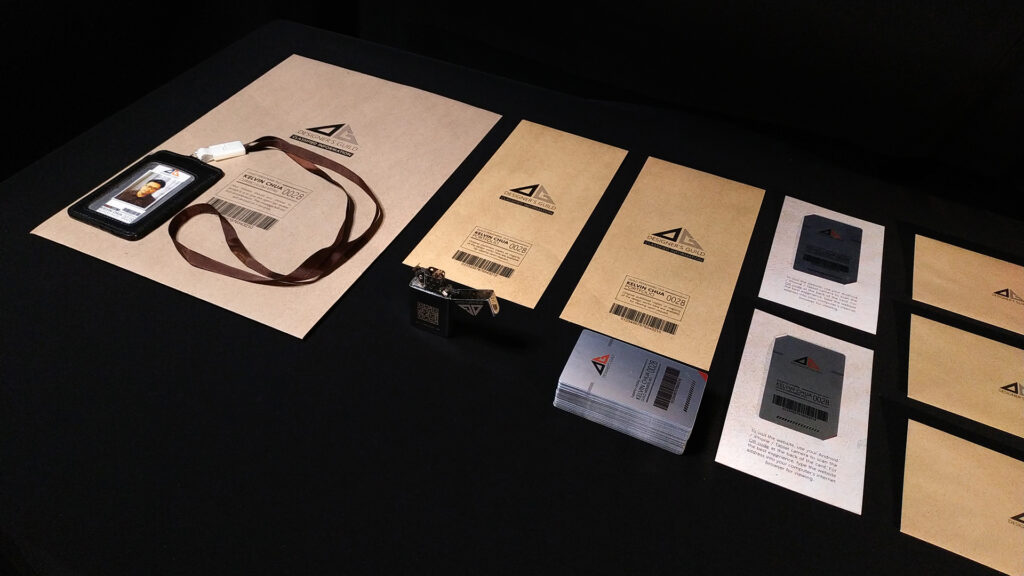Back at it again
It’s been a long while since my last blog post. Although I’d like to say life was busy for me, that shouldn’t really be an excuse. On top of job hunting, trying to put food on the table, and navigating life’s usual shenanigans, I was also freelancing online (albeit struggling). Recent months have afforded me ample time on my hands. So I thought I might as well start blogging and practice old skills. One of them being illustration.
I have very peculiar likes and dislikes when it came to drawing and painting. I recall during my college days, life drawing was one of the many skills I had to learn in the Graphic Design course I took. Different lecturers taught us different forms. As such, we would switch between different mediums from time to time. Pencil on paper, Oil pastel or chalk pastel, and even acrylic paint on canvas. Each art medium has its own flavour, adding textures, smells, and colours. Giving each artwork a different look.
All of them were different except for one thing. They were all messy! Each time I created an artwork, my hands were sure to be covered with paint or pencil lead smudges. Fingers were a smorgasbord of colour from using the oil and chalk pastels, clothes, and even face smudged with paint. The worst thing was the clean-up. Imagine having to wash off oil paints from clothes, where you will have to use kerosene or turpentine. Leaving a brown slush of god-awful smell.
Although these art mediums are still around, as technology progresses, many young millennials have gone digital, and that includes me, a Gen X /Millennial. More appropriately called a Xennial.
For the large part of the last few decades, my go-to software has always been Adobe Illustrator, creating vector-style art or even traditional art styles with colour blends and very minimal use of Photoshop. Usually, when it came to the traditional style painting where colours are blended by brush strokes, Wacom tablets would be used alongside photoshop to create beautiful works of art. Despite knowing that, I have been stubborn and adamant about using Illustrator with a mouse, which is actually out of doubt of my own ability and fear that I could never paint by hand after such a long time. Illustrator was great on its own, but it tends to lack the speed and rawness of digital painting.
Leap of faith
Then come recent months. I decided I should practice my skills during my downtime. I’ve known in the past that people have used iPads and apple pens to create really professional artworks on just an 11-inch screen, but… it’s something out of my price range. I can’t afford one or the other. Then again, there are the lower range Wacom drawing tablets which can be more affordable but not portable for me to use while on the move. Then I thought, why not just use what I already have… A 6.9-inch phablet and some hard-knock persistence. All I need to buy now is just a cheap stylus.
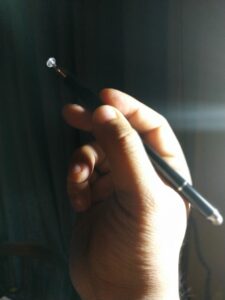
That is only one part of the oh-so-complex equation, the other being the software that is available. About 2 months back while discussing a collaboration with a Filipino IT manager in a printing company I was working in. I mentioned to him in our one on one meeting my game plan and the various app development options used in designing and making apps, one being Adobe XD and Sketch. He would say to me… “Oh, how come I never heard of sketch, only Adobe Sketch (A digital art tool)”. That’s when I first heard of Adobe sketch too… The funny thing is, we both never heard of the software we both should have been aware of. Unfortunately, our collaboration won’t ever happen, and my design ideas for the company app stays with me.
Nevertheless, Adobe Sketch stuck in my head. Since I have so much downtime this month… I finally got myself a stylus for the price of no more than a two-piece KFC snack plate then installed not one, but two apps into my phone. Adobe Illustrator Draw and Photoshop Sketch. And the best part is… They are free! These are mainly drawing and painting tools that require brush strokes much similar to Photoshop brushes, but none of the photo editing capabilities, or the point, click, and curve of Illustrator’s pen tool. It requires pure analog skills on a digital medium.

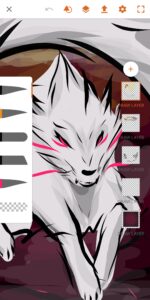
First up was Adobe Illustrator Draw. True to its heritage, it is a vector-based app, where drawn images can be enlarged infinitely and still remain crisp and sharp. It has similar tools like brushes, layers, colour fills (paint bucket) and colour palettes, but that’s about it. While playing with the brushes, the strokes reminded me much of Chinese or Japanese ink wash paintings. Naturally, my mind wanders to the nearest memory of such art styles I have encountered. “Amaterasuuuu!” A friend exclaimed on my posting with the sure-footedness of a rainbow-coloured Unicorn. Yes! it resembled the Sun Goddess in wolf form from the video game Okami, a game I oddly never played. But no! the details of these two wolves don’t really match. What memory I had, was from the very unique art direction the game was presented in. Japanese traditional “Sumi-e” ink wash painting in motion was awe-inspiring during its time. Certainly unique and memorable to this day.
The next app I tried was Photoshop Sketch. Almost a clone of Illustrator Draw, except that it has better blending brushes and capabilities. Colours meld together well, and looks more like traditional painting but there’s no colour fill. You will have to paint it stroke by stroke. It has also similar features of being able to export the artwork to Adobe’s creative cloud, to its respective PC counterparts for further editing. The subject of my digital painting this time was a character I created over a decade ago. Leia of Aravia, the female Hashashin (Assassin) who could physically “shift” her face to look like anyone. This time in modern attire and the same badass attitude.
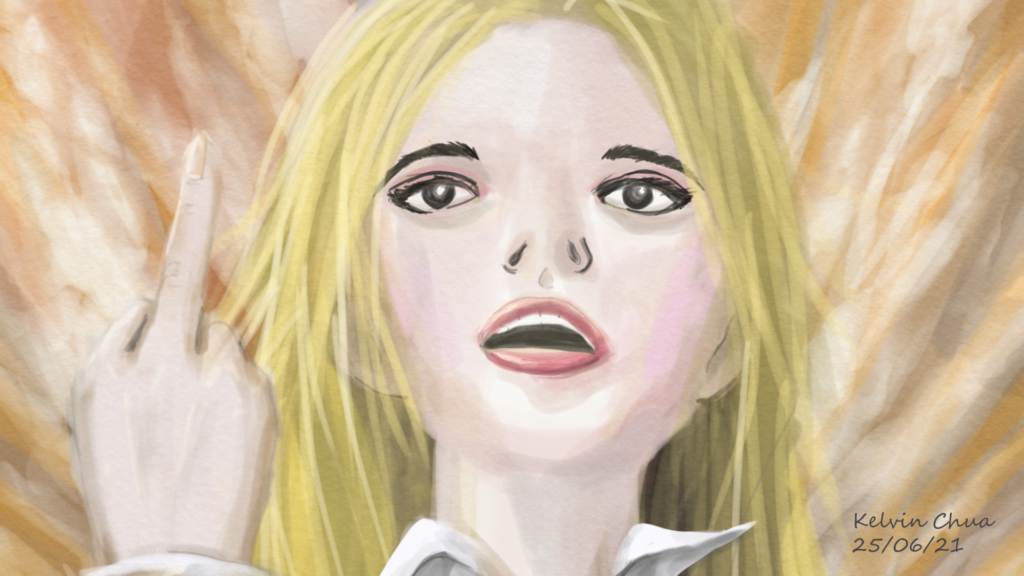
You are your own worst enemy.
Now back to the title of my post. Why this title? Exactly as worded, you are literally your own worst enemy. Every enemy you have in life is insignificant. In fact, how others judge you doesn’t necessarily affect your capabilities. It doesn’t matter if someone tells you that you are worthless, not good at what you do, or you can’t do this because they themselves aren’t capable of doing it. Only you can stop yourself from being the best you can be. A politician may take away your tools by placing policies that oppress you but benefit themselves, but you still can draw on sand and come up with a new form of art. People may say you aren’t capable and get others to listen to them. Prove them wrong by showing off your work and even documenting it on video. Most importantly, do not tell yourself you are not capable.
Being realistic about your abilities and how it compares to other great works in your field is the first step to see the goal. The next step is to get out of that comfort zone and reach for the goal. As long as you can realistically see a glimpse of talent or passion in yourself, then you can reach for the skies and go further than the rest. A great leader is one that knows how to recognise those capabilities and nurture them further. They know it will only benefit them all in the end. Because… when it comes to the “real deal”, no amount of politicking and smooth-talking can help you produce great work, only constantly refining your skills will. If there’s no one to be that, then you can be your own great leader, lead yourself to be better today, tomorrow than you were yesterday.
I guess writing this has more to do with being a reminder to myself to drown out fear and self-doubts, as I intend to get more refined. I also hope that it can help those who have been thru the same thing I have. If there are those that want to see you fail then just do as Leia does. Trust yourself, be your own friend, exceed yourself!
